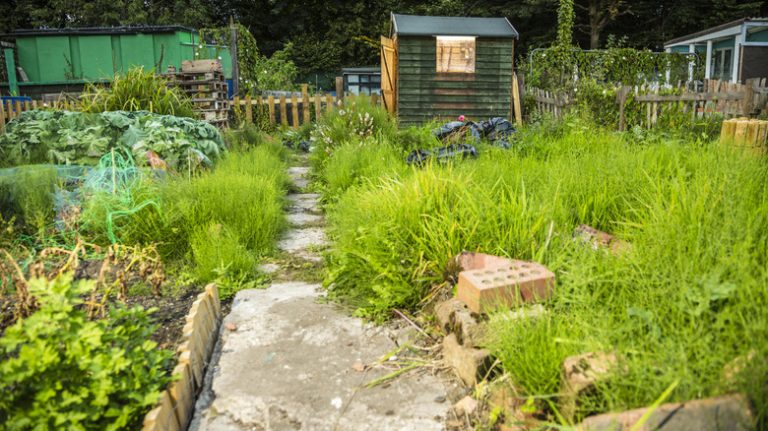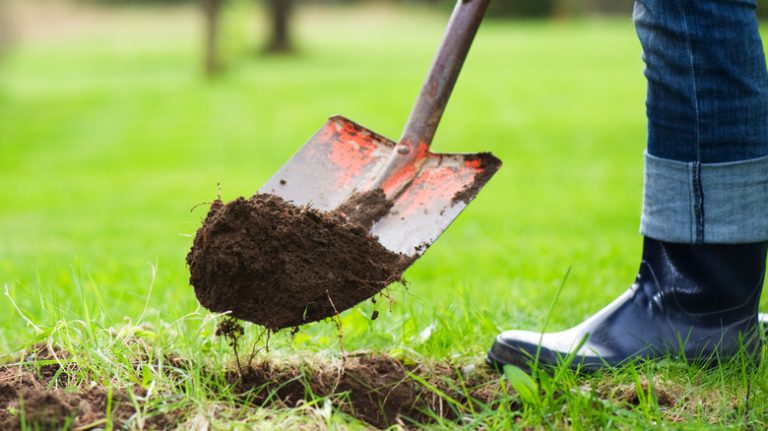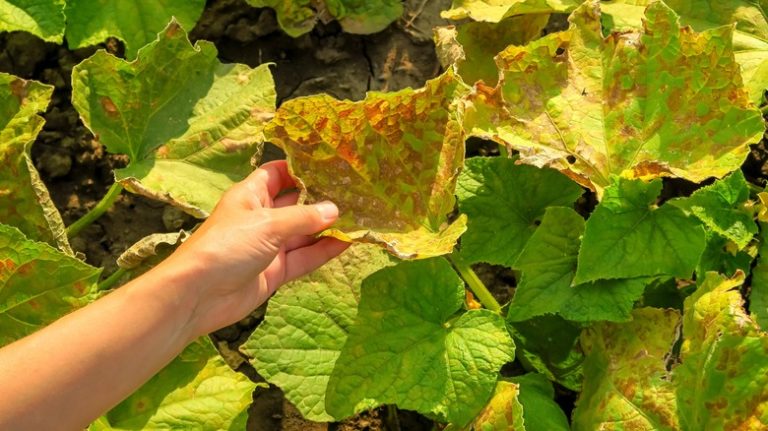Late blight is no joke; it’s what caused the Irish potato famine, after all. It mostly affects potatoes and tomatoes, but other members of the Solanaceae family as well. Cool, wet weather allows the fungus to spread its spores and ruin your crop, especially if leaves are touching. Fungicides are a fungal treatment that can prevent and slow the spread of late blight and other fungal diseases. However, you don’t have to turn to fungicides if you don’t want to because there’s a natural method you can use that you’re likely either growing or storing in your fridge: garlic.
Many studies have been done to see if garlic is truly effective against late blight, with results pointing toward an astounding “yes.” A study in the Journal of Phytopathology and Pest Management found garlic to be more effective than one of the fungicides it was tested against. If you prefer organic gardening or natural methods, try garlic before you dish out the chemical fungicides.
Plant garlic next to potatoes for prevention
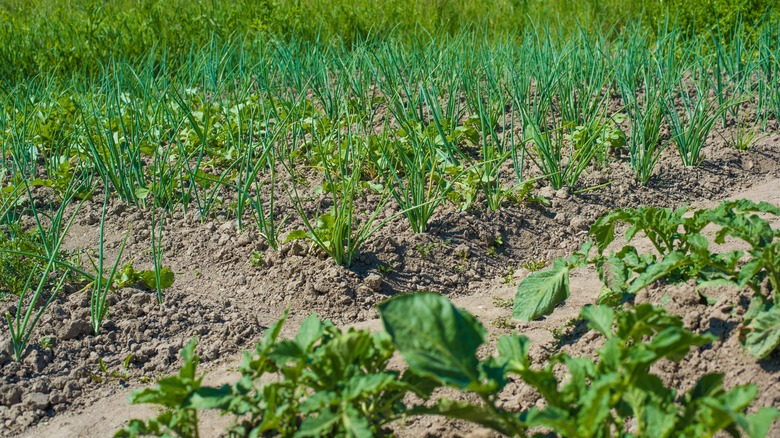
What if you could stop late blight just by planting garlic? The possibility isn’t out of the question based on a study in the Kasetsart Journal – Natural Science. They tested planting potatoes and garlic together to see how it would affect late blight infection. In the 3:1 plot where there was more garlic than potatoes, there were more potato tubers and very little late blight compared to the other plots with garlic and potato ratios of 1:1, 1:2, 1:3, and 2:1. This is great news if you’re the kind of person who opts to add one bulb of garlic instead of one clove every time you cook because if you surround your potatoes with garlic, you’ll have plenty of it to go around.
Even if garlic is a good prevention method, you still need to look out for the garlic’s health because it doesn’t come without its own problems. It can suffer from blue mold, black mold, botrytis, and rust, among other diseases. This isn’t to say that they’ll infect your potatoes, but if you have a bed full of garlic to prevent late blight, you need to make sure all those bulbs don’t get wiped out from their own issues because then you’ll be out of garlic and potatoes.
Use garlic extract as a treatment
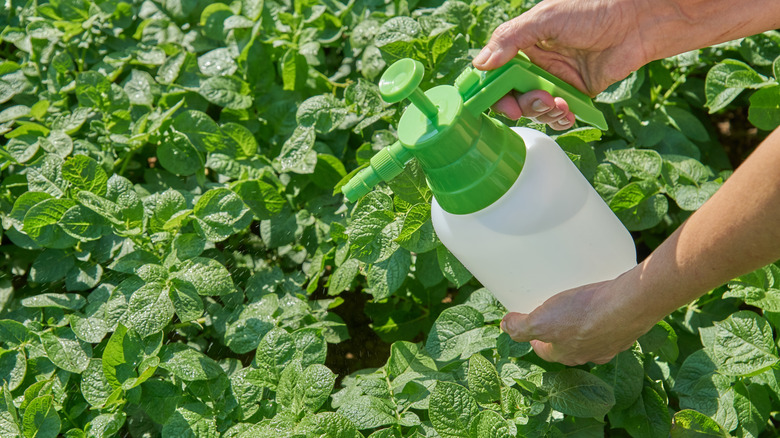
Garlic extract has been studied extensively and consistently gives evidence that it’s a great tool for treating existing late blight outbreaks. A study published in the Advances in Bioscience and Biotechnology tested several extracts from different plants. Each plant was blended with water, steeped for three days, and strained so only the liquid was left. The liquid was then sprayed on potato plants infected with late blight twice a week during their growth period. Garlic had the best results, reducing the late blight intensity by 47% compared to the other plants that were tested.
You can recreate this study and try it yourself with store-bought or homegrown garlic. Make the garlicky concoction ahead of time so you can have it ready should late blight pop up on your plants. If you wait to make it once you spot the disease, waiting at least three days for it to gain potency gives the late blight plenty of time to spread and affect your crops.

